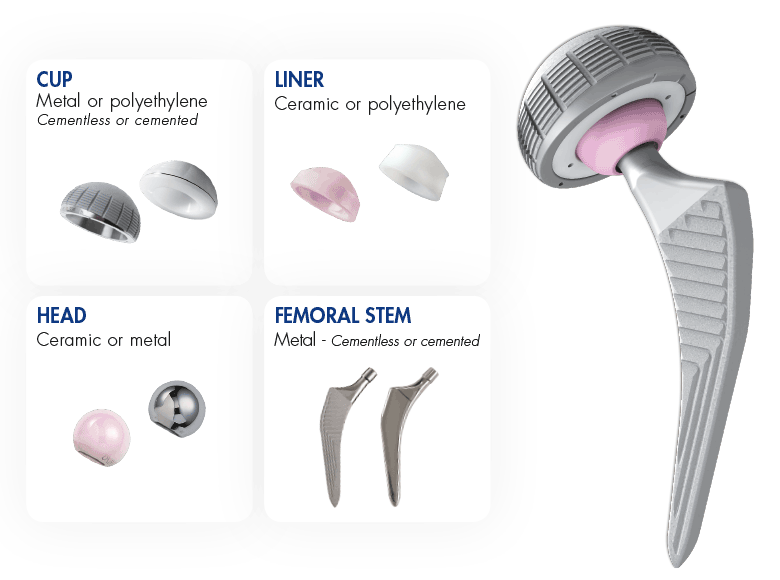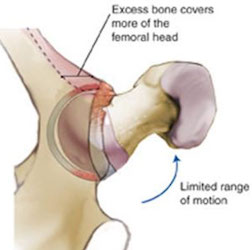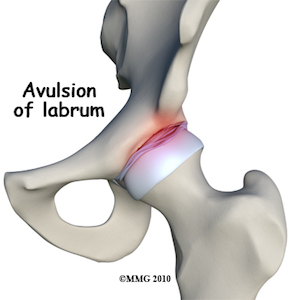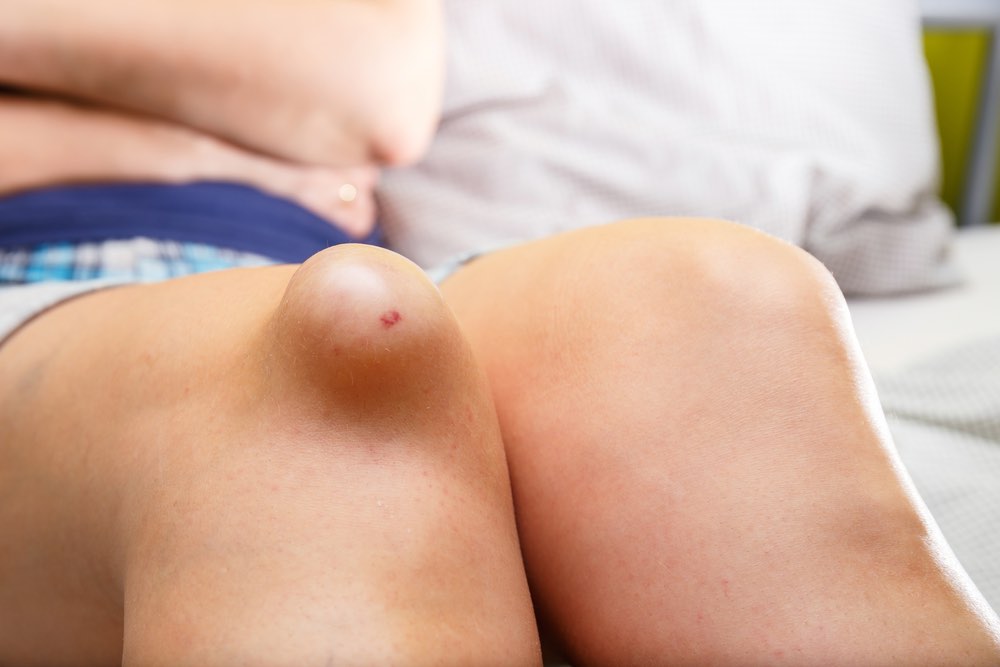Orthopaedics 360 INFO
Hip Arthritis is one of the most common forms of arthritis. Arth (meaning ‘joint’) and itis (meaning ‘inflammation’). Simply put – it is inflammation of the joint. The most common form of arthritis that would result in you seeing an orthopaedic surgeon is Osteoarthritis. This is generally due to wear and tear of a joint, and results in a painful joint that may cause you to have groin/buttock pain, a limp, difficulties tying your shoes and socks, and walking longer distances.
The image on the left shows an arthritic hip. The symptoms that you would experience with hip arthritis are:
- Joint Stiffness
- Decreased walking distance
- Night pain
- Difficulties reaching your toes and tying shoes and socks
- A limp.
Once hip arthritis is suspected, non operative modalities are optimised to manage the pain.
Non operative management options for hip arthritis are the mainstay of treatment if you have suspected hip osteoarthritis. These can be used even before you consider having any investigation, as it is normally relatively clear that your symptoms relate to hip osteoarthritis. Unless you’ve had a sporting injury or trauma to the hip of any kind, you would probably not require any Xray to start with. The following are some treatment options that many of our patients have found helpful in managing early hip osteoarthritis. As always, please check with your regular general practitioner who can check that the following modalities are safe.
- Regular Panadol Osteo – This is the same as regular Panadol (Paracetamol) however the dose per tablet is slightly higher. This means that you should only take up to a maximum of 6 tablets per day rather than the usual 8 for Panadol.
- Glucosamine and Fish Oil – A large study performed in the USA found that there was a benefit in approximately 2/3rds of patients suffering from pain from osteoarthritis of the knee or hip. This helped to reduce the perceived pain. Glucosamine and Fish oil act as a natural anti-inflammatory and can be a great supplement to your usual medications as the risks are comparatively low. Fish oil has other beneficial effects for the rest of the your body, not just your joints. These agents will never repair cartilage, but can act to prevent inflammation which can be harmful to a joint.
- Anti-inflammatory medication – Taken in short spurts, this can be a safe and effective method to reduce pain. Anti-inflammatory medication can interact with other medications, so ensure that you check with your doctor first. You should only take this sort of medication on a short burst regimen. A few days on and then a few days off.
- Weight loss – maintaining a healthy weight will decrease pain on any joint.
Operative Treatment
When the time comes that the non operative measures above stop working, it is time to consider a Total Hip Replacement. There are many options for choosing what method of hip replacement is right for you. At Orthopaedics 360, the philosophy is to achieve excellent results through minimally invasive surgery. This means, aiming to reduce the amount of damage to surrounding structures whilst placing implants in the body. For hip replacements, this is called the Direct Anterior Approach. No muscles are cut during surgery, meaning that there are very few post operative restrictions. In fact, you can sit, lie, and move as you want after your operation, without pillows strapped between your legs and without the same concern for post operative dislocation.
Hip replacements come in all shapes and sizes. Being modular means that the final implant is customised to your own anatomy. X-rays are using during surgery to confirm the position and size of the implant, and help to restore accurate leg length.
Femoroacetabular Impingement
FAI is known as impingement of the hip, leading to labral tears and groin pain. LEARN MORE
Hip Labral Tears
Operative or non operative management
Patella Dislocations
A guide to help understand the complex nature of patella dislocations.
Orthopaedics 360
Orthopaedics 360
P: (08) 7099 0188
F: (08) 7099 0171
Southern Specialist Centre
Orthopaedics 360
P: (08) 7099 0188
F: (08) 7099 0171
Health @ Hindmarsh
Orthopaedics 360
P: (08) 7099 0188
F: (08) 7099 0171





